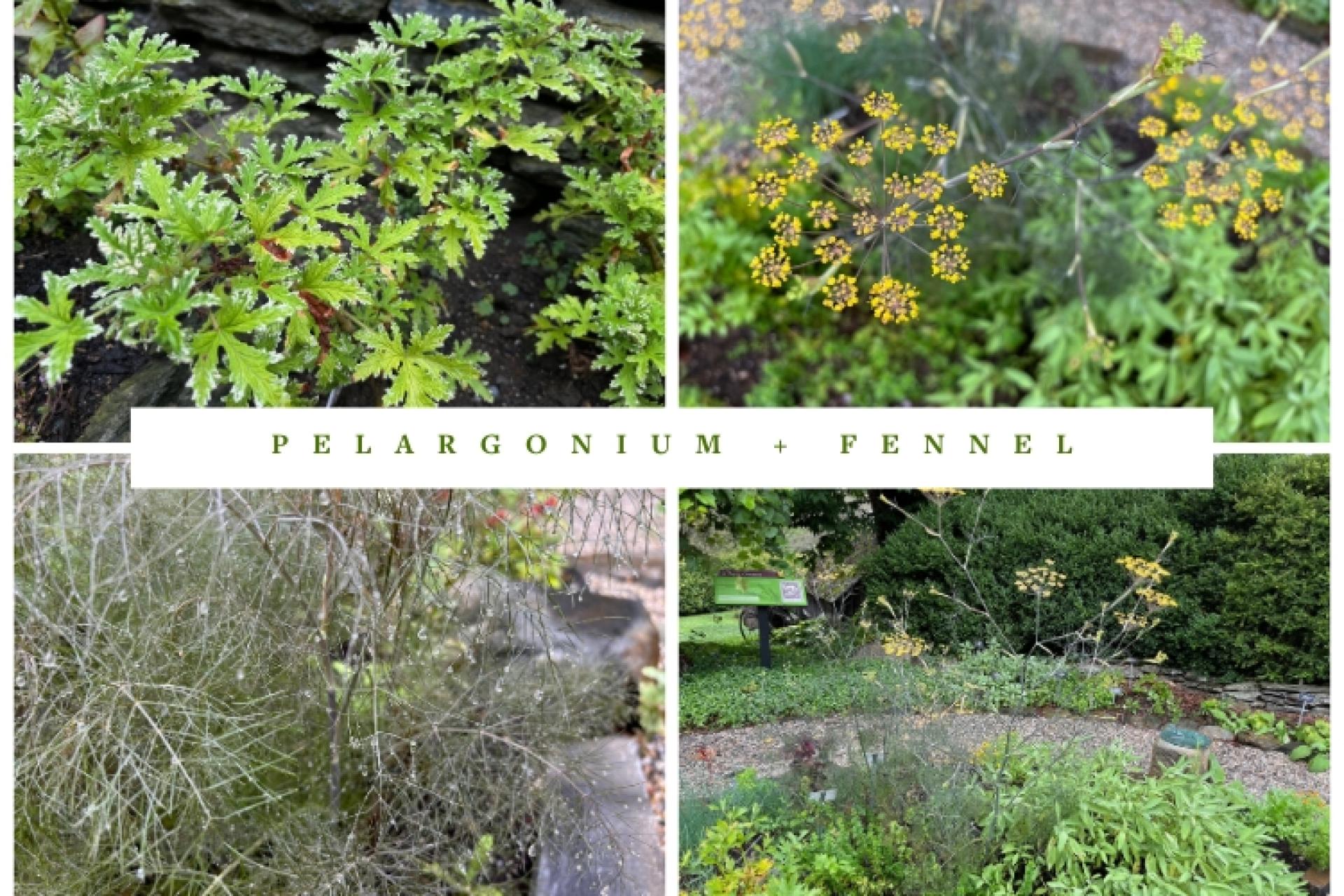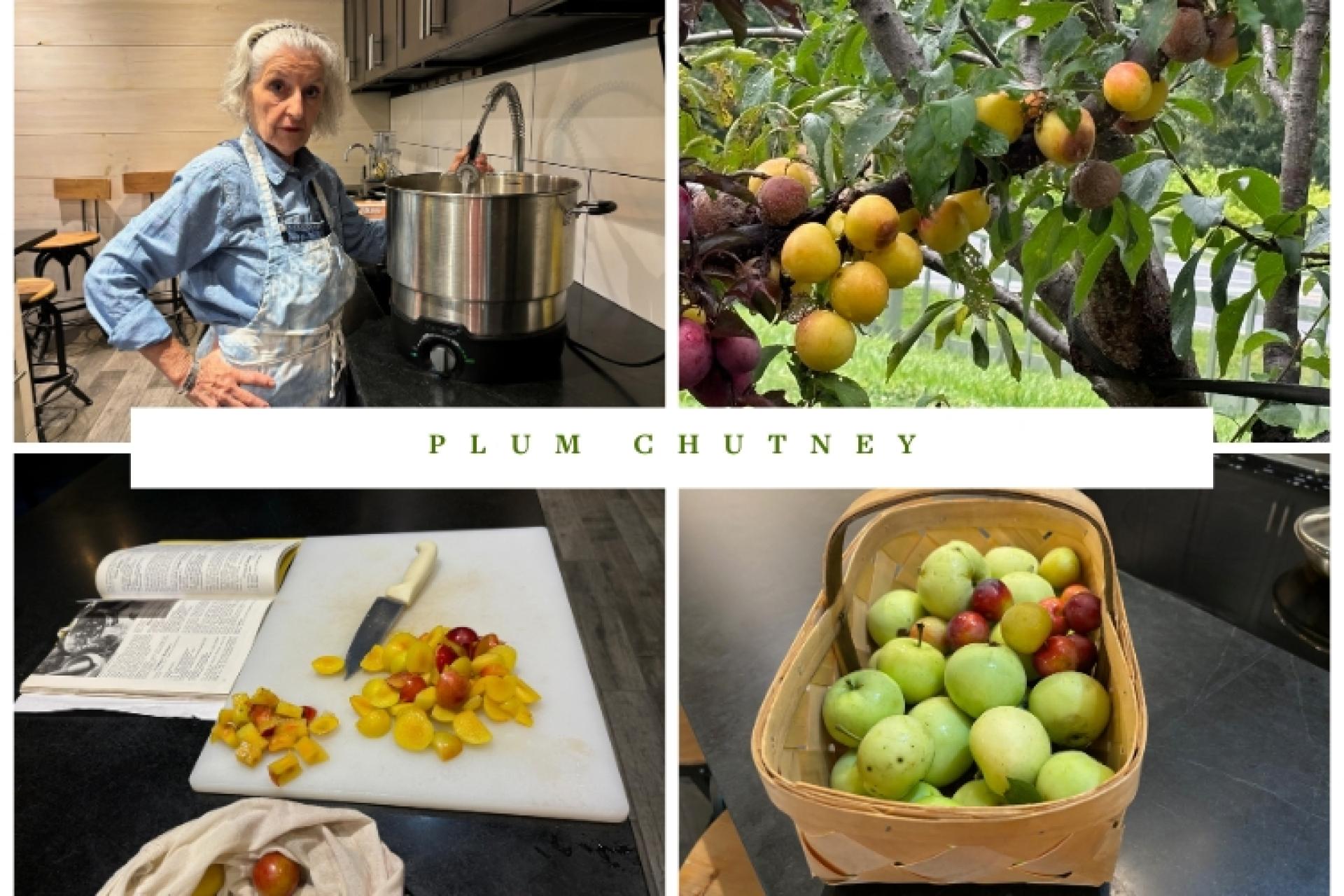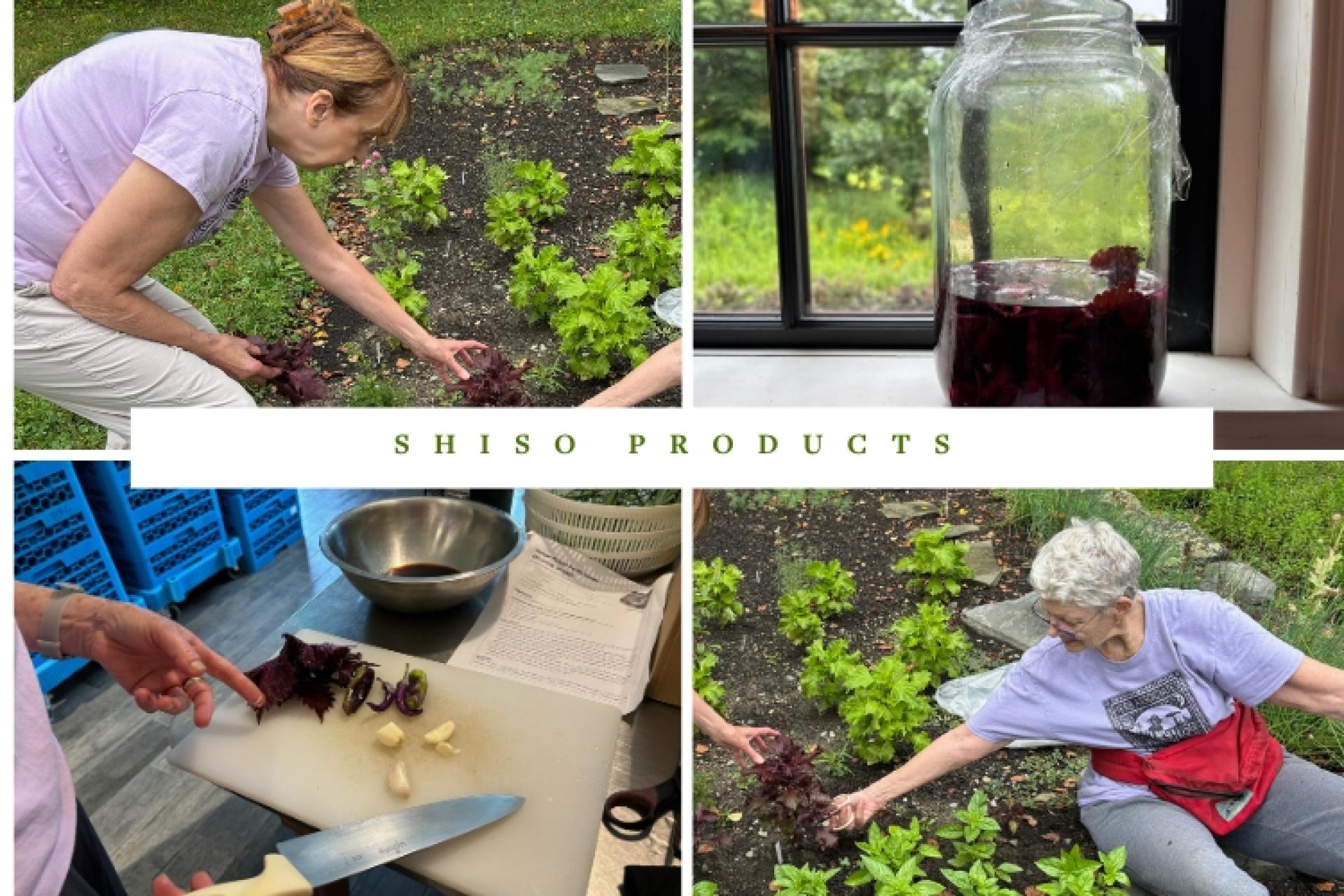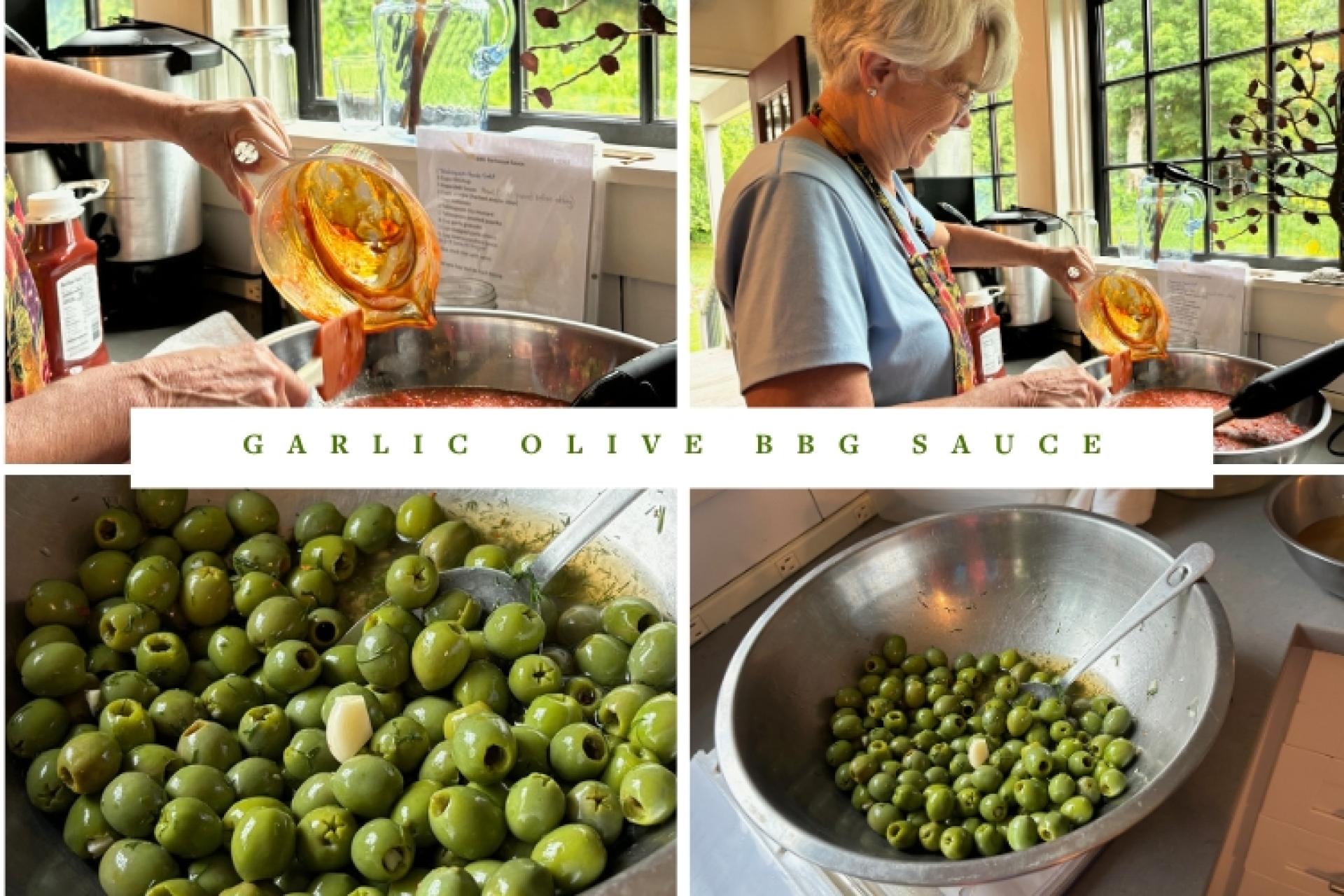You are here
What Is Happening in the BBG Herb Gardens and Kitchen This Week (July 23)?
What Is Happening in the BBG Herb Gardens and Kitchen This Week (July 23)?
By Barbara F. Smith
Fennel (Foeniculum vulgare also known as F. officinale) is our charmer in Berkshire Botanical Garden's Herb Display Garden this week. Also known as wild fennel, this strikingly beautiful herbaceous perennial can grow to 6 or 7 feet tall with feathery foliage difficult to capture in a photograph and yellow umbels/flowers. Its aroma is sweet, green and aniselike. Bronze fennel (pictured) (F.v. “Rubrum”) has dark foliage that makes a striking garnish in salads, on fish or soups.
Another variety of fennel (F. vulgare dulce), known as sweet fennel, Florence fennel or finocchio, is an annual with the same growing habits as bronze fennel, but it is more widely used for culinary purposes. The fruits, more commonly called seeds, are traditionally used in Italian sweet sausage or to flavor biscotti and other baked goods.
The essential oils of this versatile plant are used in liqueurs and in perfume, cosmetics and pharmaceuticals, and its flowers and leaves can be used to make yellow and brown dyes for wool.
References to fennel are found in ancient Egyptian papyrus documents, as well as in Greek and Roman histories. In medieval times, fennel was considered one of nine “sacred herbs” used to cure certain diseases — ranging from hiccups through colic in babies and ailments of the liver and lungs. Fennel has a long history in folklore as an appetite suppressant, and the Puritans called the seeds “meetin’ seeds,” which they chewed on in church to ward off sleepiness.
Home gardeners will delight in the swallowtail butterflies that are attracted to fennel plants to lay their eggs. The remarkable caterpillars featuring green, yellow and black stripes will munch on the fennel leaves while growing and evolving to their next stage of life.
Another herb with beautiful foliage pictured today is the Pelargonium (scented geranium) “Fragrant Frosty.” These plants within the Pelargonium category are not to be confused with hardy geraniums or other species, such as cranesbills or heronsbills. “Name a delectable fragrance — rose, lemon, orange, lime, strawberry, peppermint, camphor, nutmeg, apple, apricot, coconut, ginger — and there’s a scented geranium to match.” (Encyclopedia of Herbs, AO Tucker, T Debaggio). There are up to 300 species of complex genetic backgrounds.
Scented geraniums have been important for centuries to the perfumery industry. At home, the leaves of scented geraniums may be added to jams or jellies; the flowers are beautiful in salads; and the leaves may be added to teas.
The Herb Associates Kitchen Crew has been busier than ever. With the growing season progressing, more and more herbs are available from which to create delicious products. Perilla, also known by its Japanese name Shiso, is the foundation for two recipes this week — Shiso Vinegar and Pickled Shiso Relish. (See the photograph of the shiso harvest from the Production Garden.) A new batch of BBG Barbeque Sauce was prepared, along with Garlic Dilled Olives, a treat for snacking or adding to your favorite cocktail.
A new product, Plum Chutney, was created using fruits from the BBG’s “Tree of 40 Fruit” (near the Visitor Center). Created through the process of grafting, this tree grows heirloom and antique stone fruits reflecting the agricultural history of the region and the state (see, the related photograph). The tree will grow up to 40 varieties, including peaches, plums, apricots and cherries. As its marker states it “is an artwork, research project, and form of conservation by contemporary artist Sam Van Aken.” The fragrance of the cooking chutney brought several visitors to our kitchen door to learn what smelled so wonderful.
Finally, packets of simmering herbs were prepared, to be used in steaming water as a room freshener. Several Herb Associates were busy labeling and cataloging all these many products, including some special favors created for a wedding to take place later in the season. Lucky guests will receive small jars of Dandelion Jelly and Lavender Jelly to remember the day.
Thank you for your ongoing interest in all things herbal at the Berkshire Botanical Garden. You can find the products mentioned at the BBG Visitor Center’s Gift Shop.
The Berkshire Botanical Garden’s Herb Associates began in 1957 and have been making and selling products for the benefit of BBG ever since. At BBG, the Herb Associates oversee a display garden and production garden, both located near the Center House. Members/volunteers meet every Tuesday morning during the late spring through mid-autumn each year, coinciding when the gardens themselves are open to the public. Members plant, weed and tend the gardens, as well as harvest and process the variety of herbs.
Help Our Garden Grow!
Your donation helps us to educate and inspire visitors of all ages on the art and science of gardening and the preservation of our environment.
All donations are 100 percent tax deductible.








